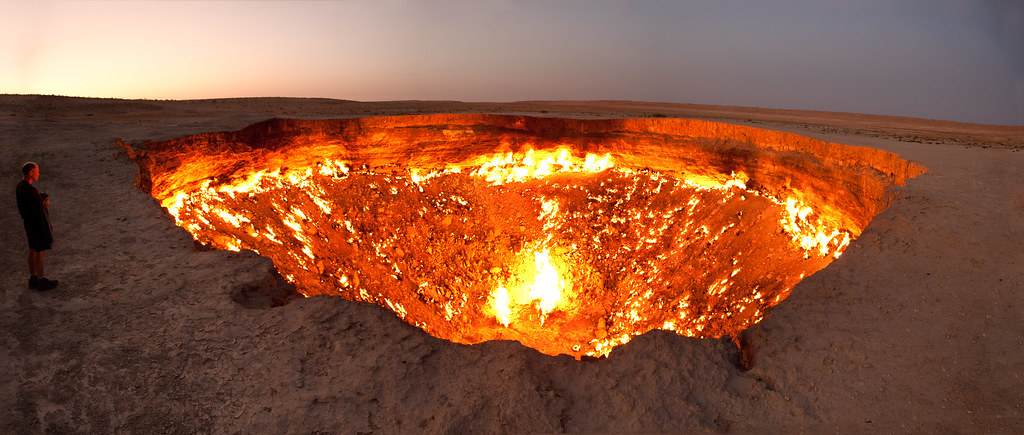Retail spending grew by 4.6% in July compared to the same period last year, with the latest monthly data from the Australian Bureau of Statistics (ABS) showing $37.7 billion.
All categories experienced year-on-year growth in July according to the ABS data. Other retailing experienced the most significant increase (up 7.6%), followed by cafes, restaurants and takeaway (up by 6.7%), department stores and large online retailers (up 6.0%).
Spending increased in household goods retailing (up 5.4%), clothing, footwear and accessories (up 3.2%), and food retailing (up 2.3%).
"This is a solid start for the new fiscal year and maintains the higher spending trend we've seen across 2025," said Australian Retailers Association (ARA) CEO Chris Rodwell. "The challenge now is to sustain these better trading conditions, recognising that some retailers continue to confront difficult operating conditions.
"We are particularly concerned with supporting discretionary retailers and the country's smaller retailers as we head towards peak season. It's a time when many in our sector make up to two-thirds of their profits.
"To add to this, we know many households are still under intense family budget pressures. With inflation remaining in the target band, it's important the RBA remain vigilant to further opportunities for interest rate reductions.
"Cost of doing business and supply chain remains a challenge. As the ABS crime data reinforced this week, there is also a shocking wave of retail crime around the country, adding a layer of cost and challenge that is unsustainable for retailers.
"That's why we are championing the importance of regulatory and red tape reduction by Federal and State governments to help reduce some of the unnecessary costs which put upward pressure on prices. We would like to see a harmonised approach to payroll tax, planning, freight and logistics, environmental and waste regulation, and trading hours. We are also strongly advocating for a coordinated national approach to tackling retail crime which conservatively adds at least $9 billion cost to retailers each year," he said.
The July figures are the first ABS statistics based on enhanced data from its Monthly Household Spending Indicator (MHSI), which has replaced the ABS Retail Trade data. (The ARA notes that whilst the MHSI provides broader and more timely insights into household consumption patterns, there is some variance in category data on the previous series.)
| CATEGORY (seasonally adjusted data) |
July 2024 billions |
July 2025 billions |
Change % |
| Food retailing | 14.55 | 14.88 | 2.27 |
| Household goods retailing | 5.87 | 6.19 | 5.45 |
| Clothing, footwear, accessories | 2.78 | 2.87 | 3.24 |
| Department stores and large online retailers | 1.50 | 1.59 | 6.00 |
| Cafes, restaurants, takeaway | 5.19 | 5.54 | 6.74 |
| Other retailing | 6.16 | 6.63 | 7.63 |
| Total | 36.05 | 37.70 | 4.58 |
| State (seasonally adjusted data) |
July 2024 $ billions |
July 2025 $ billions |
Change % |
| New South Wales | 10.96 | 11.37 | 3.74 |
| Victoria | 9.03 | 9.33 | 3.32 |
| Queensland | 7.84 | 8.32 | 6.12 |
| South Australia | 2.33 | 2.44 | 4.72 |
| Western Australia | 4.22 | 4.51 | 6.87 |
| Tasmania | 0.75 | 0.78 | 4.00 |
| Northern Territory | 0.31 | 0.33 | 6.45 |
| ACT | 0.61 | 0.62 | 1.64 |
| Total | 36.05 | 37.70 | 4.58 |






